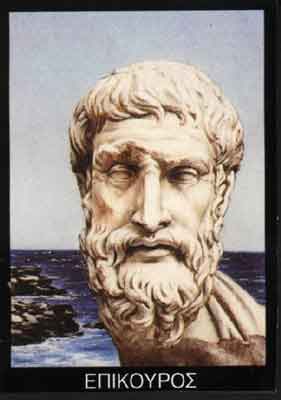Digital technology, the fifth major development in educational media, has one feature that makes it radically different: it is not meant to substitute, but to integrate its technological predecessors. For instance, a video teleconference integrates and potentiates verbal exposition with TV and satellite technology, reaching the most remote areas, while still allowing its dissemination in written form.
The name Virtual Education has been given to the pedagogical application of digital technology. It poses new challenges, it demands a new pedagogy and profound transformations in the organization of educational institutions.
Virtual Education makes it possible for the first time in human history to take education all over the world, to link all sources of information and make them universally available.
See Facundo, A. (2006). Antecedentes, situación y perspectivas de la educación superior virtual en América Latina y el Caribe. En: Informe sobre la educación superior en AL y el Caribe. UNESCO/IESALC, Caracas, Venezuela.
Tuesday, October 20, 2009
Subscribe to:
Post Comments (Atom)









No comments:
Post a Comment